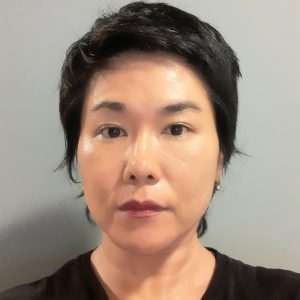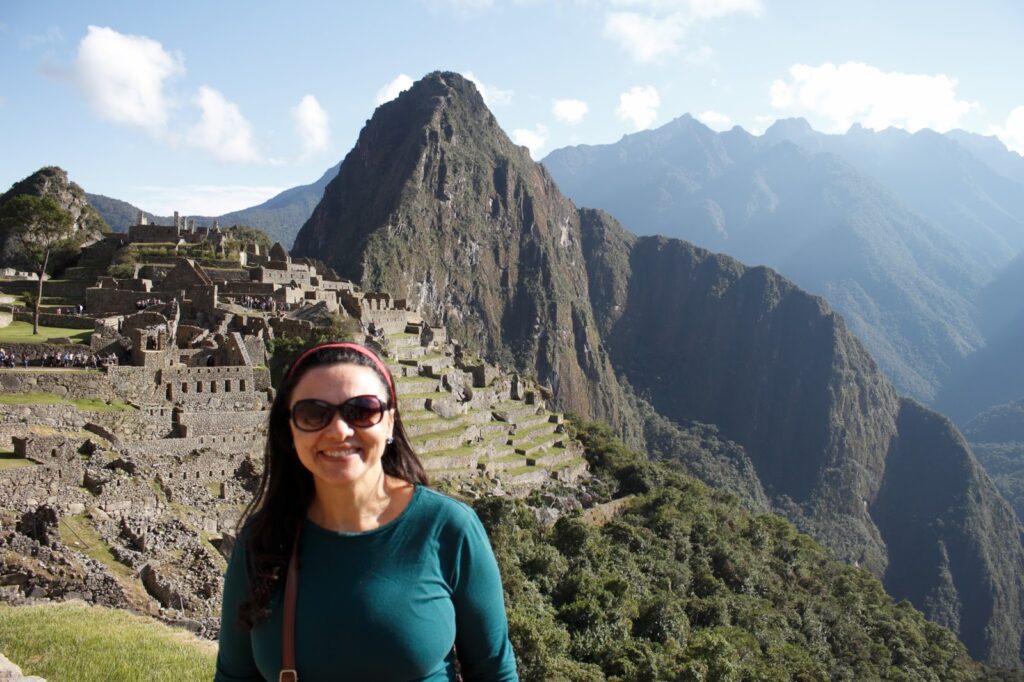The project’s partner universities were strategically selected for their location in areas with a very rich material and immaterial heritage in the different fields contemplated by the initiative.
The Federal University of Pará (UFPA), in Belém, is located in a region with a large number of local indigenous populations, home to important museums and archives of pre-Columbian art. The Federal University of the Recôncavo Baiano (UFRB) in Cachoeira belongs to a colonial city with a large number of African descendants and is an important center of Candomblé, with very traditional terreiros. The Federal University of Latin American Integration (UNILA) in Foz do Iguaçu is located in one of the most multicultural cities in the country and has an interesting project that promotes cultural dialogues between Brazil, Argentina and Paraguay.
The program targets graduate students in Arts, Art History and Anthropology from the four selected universities (UNICAMP, UFRB, UNILA and UFPA), but undergraduate students from these universities who are also interested in non-European art are welcome to attend the classes as listeners!

Afonso Medeiros is a Professor of Aesthetics and Art History at the Institute of Art Sciences of the Federal University of Pará, a CNPq Research Productivity Fellow and coordinator of the GP ?Art, Body and Knowledge? of PPGArtes-UFPA/CNPq. Graduated in Artistic Education/Plastic Arts from the Federal University of Pará (1985); specialist in Arts/Art Education (Teacher Training Program) from the University of Shizuoka (Japan, 1988), with a monograph on traditional Japanese art and design; Master in Science of Education/Art Education, also from the University of Shizuoka (1996), with a dissertation on the ideogram as an aesthetic sign; and a doctorate in Communication and Semiotics/Intersemiotics in Literature and Arts from the Pontifical Catholic University of São Paulo (2001), with an internship/research at the Japan Foundation Japanese-Language Institute (Kansai) and a thesis on Japanese printmaking of the 18th and 19th centuries as a visual chronicle, under the supervision of Lucia Santaella.
Emi Koide is an associate professor in the Visual Arts course at the Center for Arts, Humanities and Letters (CAHL) at the Federal University of the Recôncavo da Bahia (UFRB) and an associate researcher of the program “Arts of Africa and Global Souths” at Rhodes University (South Africa). She is a post-doctoral fellow in art history at UNIFESP with an internship at the Institute for Anthropological Research in Africa (IARA – KU Leuven, Belgium), where she developed the project “Images of Africa – Spectres from the colonization of Congo (DRC)” with the support of FAPESP (2013-2016). She holds a PhD in Psychology from the Institute of Psychology at the University of São Paulo (2011). She did an internship at the Philosophy and Aesthetics department at the Université de Paris VIII – Maison de Sciences de l’Hommes (Paris, France). She earned a master’s degree in Communication Sciences from the School of Communications and Arts at the University of São Paulo in 2003. She graduated in Artistic Education (bachelor and licentiate) from the Art Institute of the State University of Campinas in 1999.


Rosângela Jesus Silva is a professor in the History course at the Federal University of Latin American Integration – UNILA. She holds a Bachelor’s degree (2004) in Social Sciences from the State University of Campinas (UNICAMP) and a Master’s (2005) and PhD (2010) in Art History from the same university. Between September 2008 and February 2009 she developed an internship at Université Paris I (Panthéon-Sorbonne) with a scholarship from CAPES. Between 2005 and 2007 she participated in UNICAMP’s extension courses for public school teachers from the State of São Paulo. As a researcher, she is a specialist in Art History of the 19th century, with emphasis on the work of Angelo Agostini, the illustrated press, the formation of national identities and the relationship between art and politics in the period.